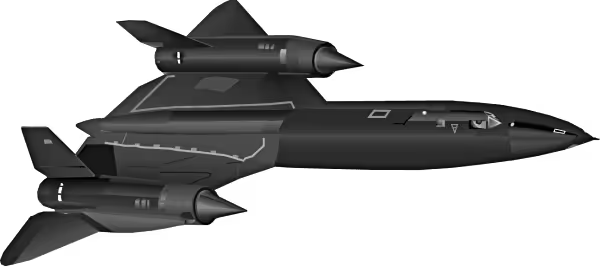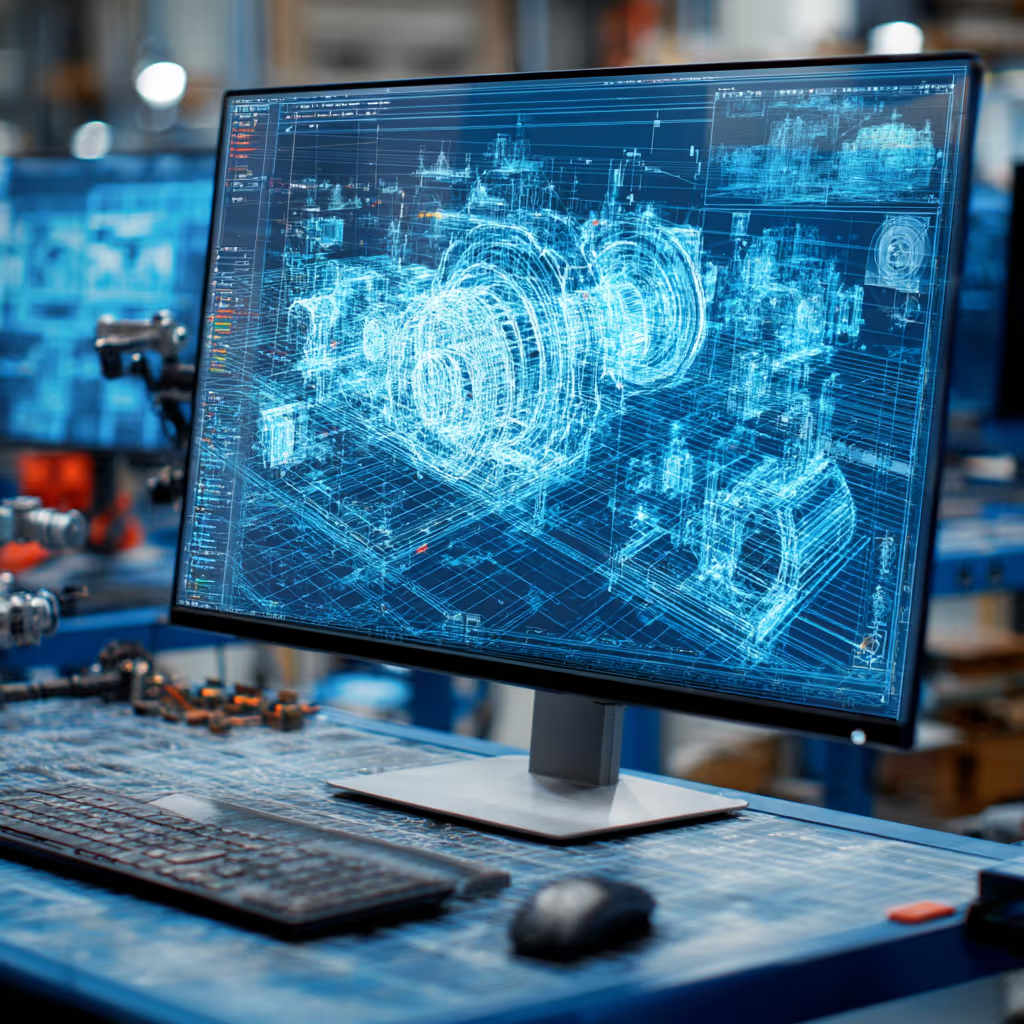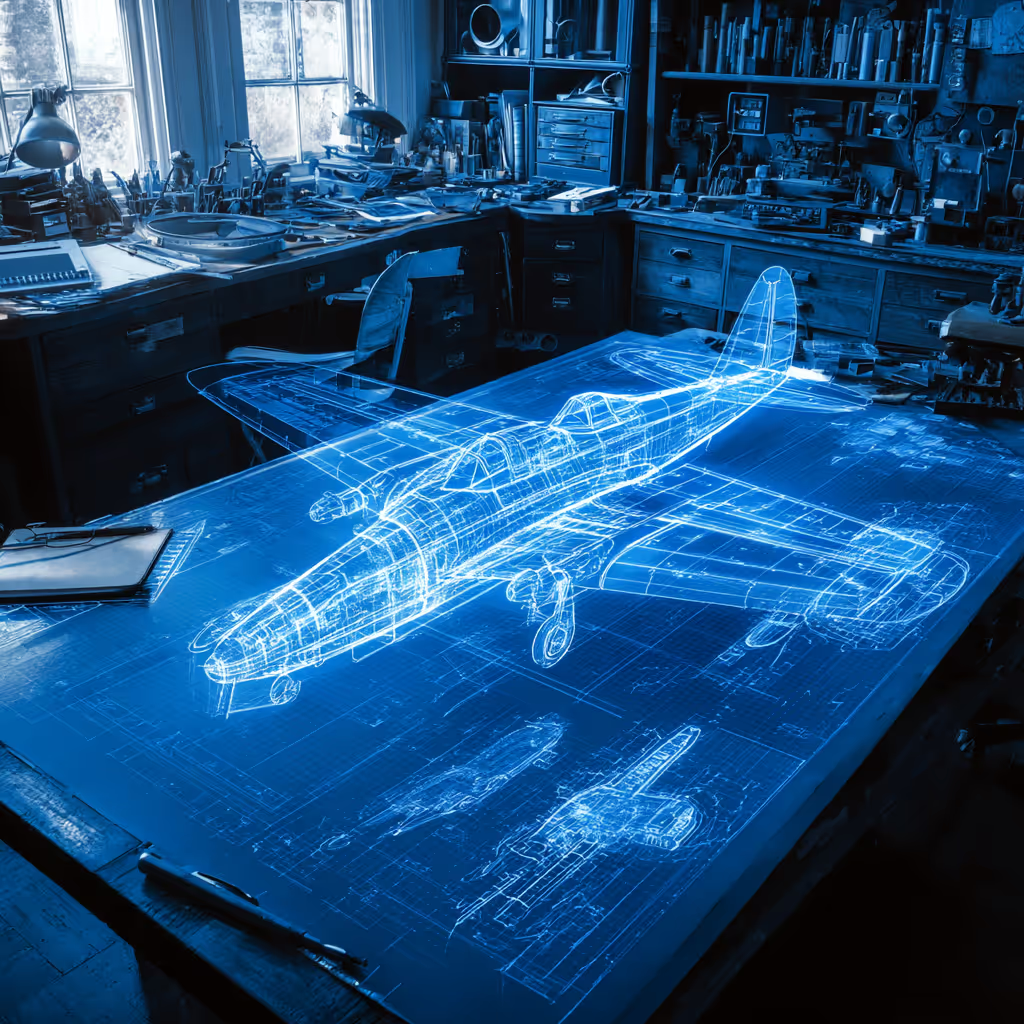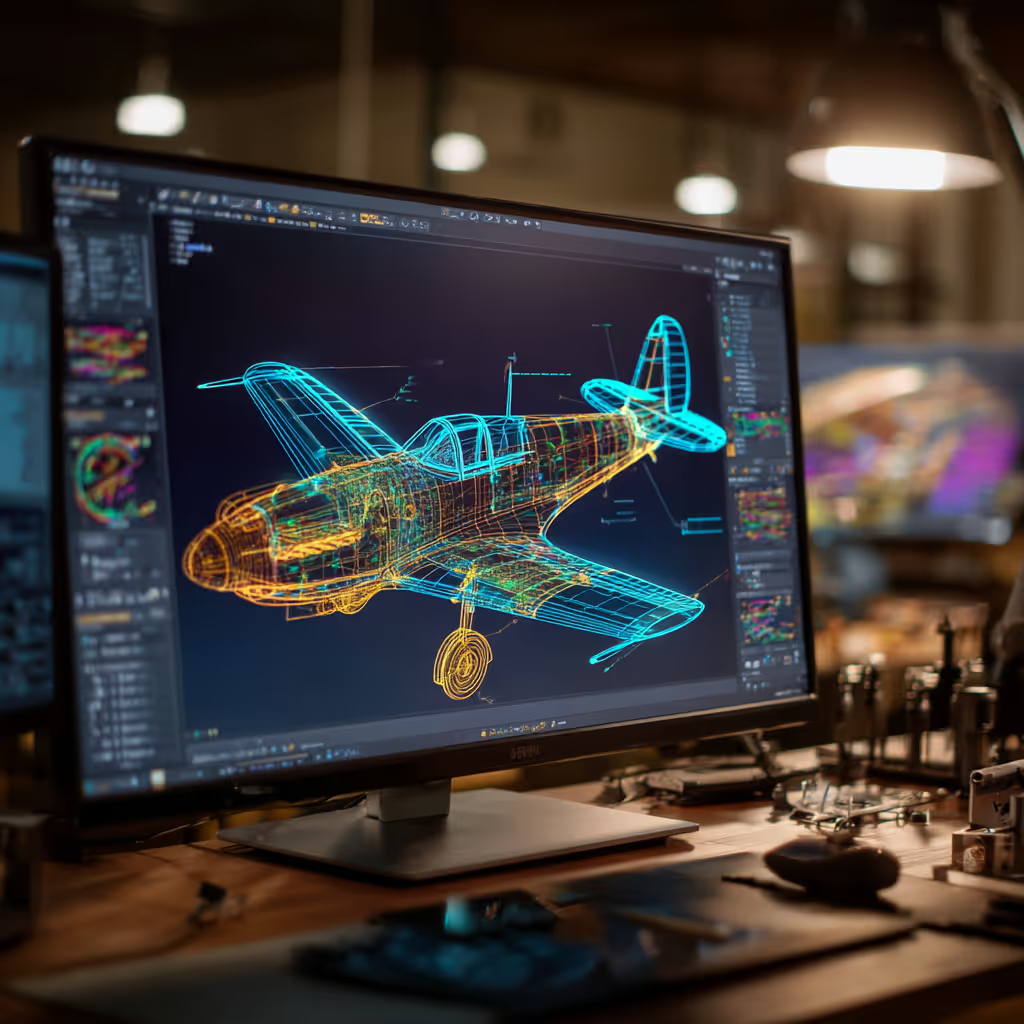How Aerospace Uses 3D Scanning Technology

Take a Look at Our Case Studies!
How Aerospace Uses 3D Scanning Technology
Because the aerospace industry requires precision parts and components, 3D scanning is an ideal technology for use in building and maintaining aircraft. Today’s aerospace companies use 3D laser scanning for inspection, measurement, and modeling.

Impeller redesigned with 3D scans
It doesn’t matter where the part is located or how complex it is, 3D scanning works for everything from designing airframe parts and jet engine components to modeling aircraft bodies, and cockpit areas. Non-contact laser scanners capture millions of data points enabling even complex parts like turbines to be measured and modeled. Compare this method with older measurement technologies such as coordinate measuring machines or calipers, where only a few points could be captured, and the advantages and accuracy of laser scanning becomes obvious. Moreover, once the ‘point cloud’ is generated from the scanning process, it can be incorporated directly into CAD software for additional measurement and manipulation as well as the generation of virtual 3D models. In an industry where minimizing downtime is critical, the speed with which 3D laser scanning can capture the data, and CAD programs can manipulate it, serves to reduce material waste and human error while maintaining production schedules and meeting deadlines.
Using the Right 3D Laser Scanner
Today, 3D scanners are available for everyone from the hobbyist to use at home to sophisticated and highly accurate scanners for precision replication in accuracy-demanding fields, such as medicine and aerospace. Things to consider when purchasing a 3D scanner include:
- Method and range of operation
- Accuracy and resolution requirements
- Portability
- Color capture ability
- Price
In general, operating methods amongst all 3D scanners are fairly similar, but the accuracy, resolution and range requirements will be quite different between scanning a building and scanning a small fossilized artifact. Choosing the right system depends upon the needs and specifications of the project itself. Thus, a single system will not be suitable for all types of projects. The Technavio blog provides a comprehensive overview of various 3D Scanner Manufacturers.
Outsourcing Ensures the Right Scanner
Given the many different types of laser scanners and many different accuracy and resolution requirements, some companies find that outsourcing to a 3D scanning company is more efficient and cost-effective than purchasing a scanner for in-house use. Companies who specialize in 3D scanning services have many different types of 3D scanners and are knowledgeable about which one will provide the best result for the object that you need to be scanned
Moreover, many 3D scanning companies also provide CAD conversion services, so you will get a fully generated 3D model rather than just a point cloud of data. Accurate 3D CAD models can be confidently used for reverse engineering, NDT testing, and new product development.
Recent Posts


Tips for Picking the Perfect 3D CAD Viewer for Your Needs
This guide will teach you about 3D CAD viewers and outline considerations to make before picking the right one. We review 5 options and pick a clear winner.

In this guide, you’ll learn how CAD/CAM Services can save you time and money during each digitization project. Digitization can make manufacturing faster than ever before.

How to Build an Aircraft Model by Converting 3D-Scanned STL Files into Functional 3D STEP Files
This in-depth guide will teach engineers how to use 3D-scanned aircraft files and transform them into manufacturable 3D STEP files with fewer mistakes.
